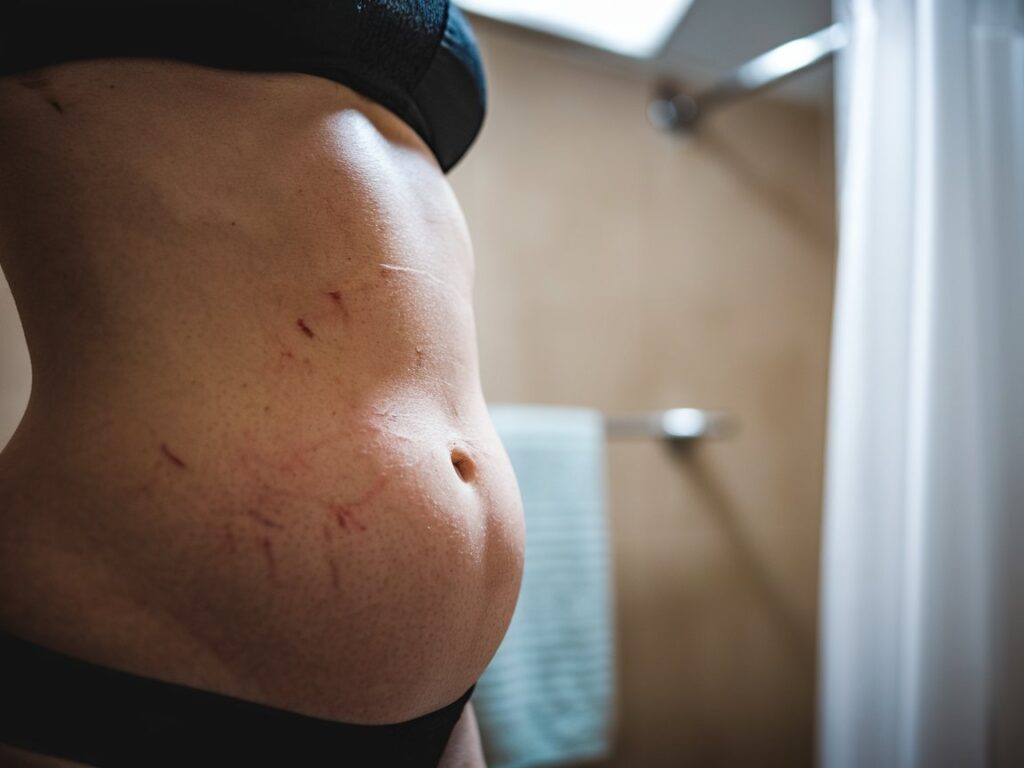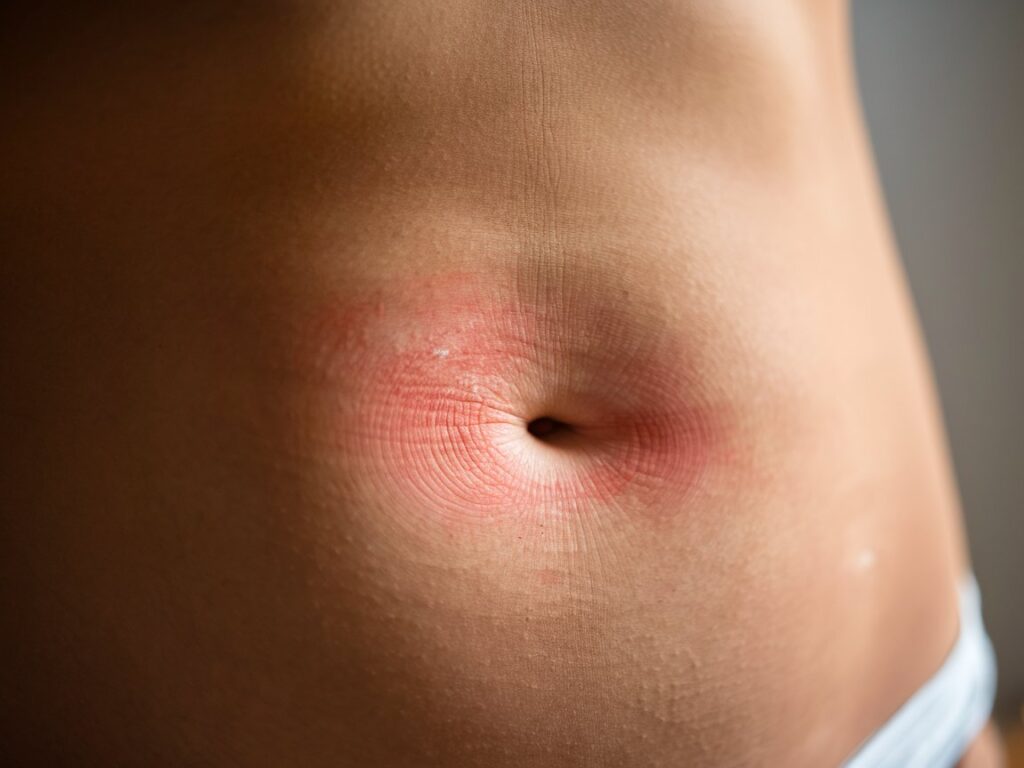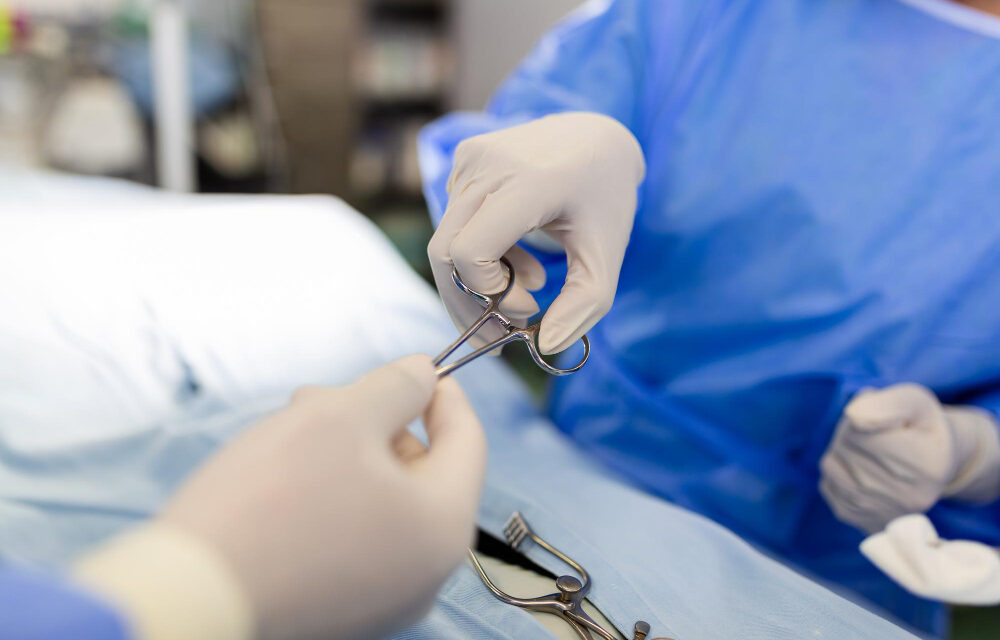Gastric sleeve surgery has become a popular and effective solution for individuals seeking significant weight loss and improved health outcomes. This procedure, known for its substantial benefits, involves reducing the size of the stomach, which helps patients achieve and maintain a healthier weight. However, alongside these health benefits, patients often have concerns about the cosmetic outcomes of the surgery, particularly the potential for visible scars.
Minimizing the gastric sleeve scars is an important consideration for many individuals contemplating gastric sleeve surgery. Advances in medical technology have introduced minimally invasive techniques that significantly reduce the size and visibility of scars. These innovations not only enhance the aesthetic results but also contribute to quicker recovery times and lower risks of complications.
In this article, we will explore the various minimally invasive techniques used in gastric sleeve surgery to minimize scarring. By understanding these methods and following best practices for post-surgical care, patients can achieve both their health and cosmetic goals, leading to a more satisfying overall experience.
Table of Contents
Understanding Gastric Sleeve Surgery
Gastric sleeve surgery, also known as sleeve gastrectomy, is a weight loss procedure that involves removing a significant portion of the stomach to create a smaller, tube-shaped stomach. This reduction in stomach size restricts food intake and leads to weight loss.
The procedure is typically performed laparoscopically, meaning small incisions are made in the abdomen, and surgical instruments are inserted to perform the operation. A surgeon removes about 80% of the stomach, leaving a smaller, banana-shaped sleeve. This reduced stomach capacity limits the amount of food you can consume at one time, leading to faster feelings of fullness and reduced calorie intake.
Gastric sleeve surgery offers numerous benefits for those struggling with obesity. By significantly reducing stomach size, the procedure helps with substantial weight loss. Additionally, it can improve or resolve obesity-related health conditions such as type 2 diabetes, high blood pressure, sleep apnea, and heart disease.
The Issue of Scarring in Gastric Sleeve Surgery
While gastric sleeve surgery is a highly effective weight loss solution, it’s natural to have concerns about the potential for scarring.
Scars form as a natural part of the body’s healing process. In the case of gastric sleeve surgery, incisions are made in the abdomen to access the stomach. As these incisions heal, scar tissue forms.
Typically, gastric sleeve surgery is performed laparoscopically, which involves several small incisions rather than one large one. These incisions are usually about 1-2 inches long and are located in the abdomen. While the exact location of the scars can vary, they often appear around the belly button and lower abdomen.
Many patients express concerns about the appearance of their scars. They worry about their visibility, the length of time it takes for scars to fade, and the potential for raised or thickened scar tissue. It’s important to address these concerns and provide information on scar management techniques.
Types and Appearance of Gastric Sleeve Scars

Understanding the different types of scars and how they evolve over time can help individuals manage their appearance and address any concerns.
Types of Scars
Several types of scars can develop after gastric sleeve surgery:
- Hypertrophic scars: These are raised, thickened scars that are often red or pink. They are typically firm and may be itchy or tender.
- Keloid scars: These are an overgrowth of scar tissue that extends beyond the original wound boundary. They can be larger, thicker, and more prominent than hypertrophic scars.
- Atrophic scars: These are sunken, indented scars that may appear as pits or depressions. They are often caused by excessive collagen loss during the healing process.
Appearance Over Time
The appearance of gastric sleeve scars can vary significantly over time. Initially, scars are often red, raised, and firm. They may also be itchy or tender as the skin heals. Over several months, scars typically become flatter, softer, and lighter in color. The healing process can take up to a year or longer.
Factors Influencing Scar Appearance
Several factors can influence the appearance of gastric sleeve scars, including:
- Skin type: People with darker skin tones may be more prone to developing hypertrophic or keloid scars.
- Age: Younger individuals tend to have more elastic skin, which may result in scars that are less noticeable.
- Wound care: Proper wound care can help minimize scarring and promote optimal healing.
- Genetics: Some people may have a genetic predisposition to develop thicker or more prominent scars.
- Infection: Infections can delay healing and increase the risk of scarring.
- Smoking: Smoking can impair blood flow and hinder the healing process, potentially leading to more noticeable scars.
It’s important to note that the appearance of scars can vary greatly from person to person. Some individuals may develop minimal scarring, while others may have more prominent or noticeable scars. If you have concerns about the appearance of your gastric sleeve scars, it’s recommended to consult with a healthcare professional or a plastic surgeon for personalized advice and treatment options.
Prevention and Minimization of Scars
When considering gastric sleeve surgery, one of the most effective ways to prevent and minimize scarring is by opting for a minimally invasive technique known as the Mini Sleeve. This advanced surgical method utilizes smaller incisions and a refined approach to reducing the stomach’s size, which significantly lowers the risk of visible scars post-surgery.
By choosing the Mini Sleeve, patients not only benefit from the reduced likelihood of prominent scarring but also experience a quicker recovery time and less post-operative discomfort. In the following section, we will explore how the Mini Sleeve technique, combined with other preventive measures, can lead to a more aesthetically pleasing outcome after gastric surgery.
Pre-Surgery Preparation
Preparing your skin before gastric sleeve surgery can significantly contribute to minimizing the appearance of scars. Here are some essential steps to consider:
- Skin Health Assessment: Consult with your surgeon to assess your skin’s condition. If you have any pre-existing skin issues like acne, eczema, or psoriasis, discuss how to manage them before surgery.
- Smoking Cessation: Smoking impairs blood flow and can hinder wound healing. Quitting smoking well in advance of surgery is crucial for optimal scar formation.
- Sun Exposure Avoidance: Excessive sun exposure can affect skin elasticity and pigmentation. Protect your skin from the sun during the weeks leading up to surgery.
- Weight Management: If you’re overweight or obese, losing weight before surgery can reduce the size of the incision and potentially minimize scarring.
Surgical Techniques
The choice of surgical technique can significantly impact the appearance of your scars. Minimally invasive techniques are often preferred for gastric sleeve surgery due to their potential for smaller incisions and reduced scarring.
Laparoscopic Gastric Sleeve (Mini Sleeve): This technique involves making several small incisions (usually around 0.5 inches) in the abdomen. A camera and surgical instruments are inserted through these incisions to perform the procedure. Laparoscopic surgery generally results in smaller, less noticeable scars compared to open surgery.
Post-Surgery Care
Following your surgeon’s post-operative instructions is essential for optimal scar healing. Proper care can help prevent complications and minimize the appearance of scars.
- Wound Care: Keep the incisions clean and dry. Follow your surgeon’s specific instructions for dressing changes and wound care.
- Avoid Straining: Refrain from strenuous activities or lifting heavy objects until your surgeon gives you the go-ahead. Excessive strain can impact wound healing.
- Compression Garments: Wearing compression garments as directed can help reduce swelling and support the healing process.
- Scar Management: Once your incisions have healed, you may consider using scar creams, gels, or silicone sheets to help improve the appearance of the scars. Consult with your surgeon or a dermatologist for recommendations.
- Sun Protection: Protect your scars from sun exposure to prevent hyperpigmentation (darkening) or hypopigmentation (lightening). Use sunscreen with a high SPF when going outdoors.
By following these preventive measures and post-operative care guidelines, you can significantly minimize the appearance of your gastric sleeve scars and promote optimal healing.
Psychological Impact of Scarring

While the physical changes after gastric sleeve surgery are often the most noticeable, it’s important to acknowledge the psychological impact that scarring can have. For many, these scars represent a powerful reminder of the journey toward better health and a new chapter in life. However, it’s natural to feel self-conscious about visible marks.
The good news is that many people find empowerment in embracing their scars as symbols of their strength and resilience. In this section, we will delve into the psychological aspects of scarring, offering insights on how to view these changes positively and tips on building confidence throughout the healing process.
Body Image Concerns
Visible scars, especially those resulting from surgical procedures, can have a profound impact on body image and self-esteem. For individuals who have undergone gastric sleeve surgery, the scars may be a constant reminder of their weight loss journey. This can lead to feelings of self-consciousness, embarrassment, or even shame.
Body image concerns can manifest in various ways, including:
- Avoidance: Individuals may avoid social situations or activities where their scars might be visible.
- Negative Self-Talk: They may engage in negative self-talk, focusing on their perceived flaws.
- Anxiety and Depression: Scarring can contribute to feelings of anxiety, depression, or other mental health issues.
Coping Strategies
Coping with the psychological impact of scarring requires a combination of self-care, support, and positive mindset. Here are some strategies that can help:
- Challenge Negative Thoughts: Recognize and challenge negative thoughts about your scars. Replace them with positive affirmations.
- Mindfulness and Meditation: Practice mindfulness and meditation to reduce stress and improve self-awareness.
- Physical Activity: Engage in regular physical activity to boost your mood and improve body image.
Remember, it’s important to seek help if you’re struggling with the psychological impact of scarring. There are resources available to support you and help you overcome these challenges.
In conclusion, while gastric sleeve scars are a natural part of the healing process, there are effective strategies to minimize their appearance and manage their psychological impact. By opting for minimally invasive techniques like the Mini Sleeve, practicing diligent post-operative care, and embracing the emotional journey, patients can achieve not only a healthier body but also a positive mindset. Ultimately, these scars serve as reminders of the significant steps taken toward a better quality of life.

